 Wiseacre Brewing Co.
Wiseacre Brewing Co.
Wiseacre Brewing Co. has a new year-round beer, a new variety pack, and it will soon expand into five new states — Kentucky and New Jersey in February, and Colorado, North Carolina, and South Carolina in March.
The Memphis brewery announced the plans Tuesday. The expansion comes after the completion of the company’s new 40,000-square-foot facility in Downtown Memphis late last year.
 Wiseacre Brewing Co.
Wiseacre Brewing Co.
Bow Echo is the new year-round beer from Wiseacre. The hazy IPA joins Tiny Bomb, Ananda, and Gotta Get Up to Get Down in Wiseacre’s full-year lineup. The company describes the beer as having “notes of citrus and tropical fruit and a fluffy texture derived from oats.” Davin Bartosch, Wiseacre co-founder and brewmaster, said the beer is a “child of MemFresh, the rotating series of small-batch IPAs we’ve worked on for a few years.”
“There were a lot of happy IPA fans when we launched the series, and we’ve learned a ton about ingredients and processes on hazy IPAs over those years,” Bartosch said in a statement. ”So, we decided we’d better pump up the volume — literally — and make it available year-round. And, thanks to our new brewery, we have the capacity to get Bow Echo to fans in Memphis and beyond.”
Can’t decide on just one Wiseacre flavor? With a new variety pack coming soon, you won’t have to choose. Look to store shelves soon for a pack that includes Ananda, Gotta Get Up to Get Down, Tiny Bomb, and a rotating seasonal beer. Sun Bump Belgian Wit will be the first of the rotating seasonals.
 Wiseacre Brewing Co.
Wiseacre Brewing Co.
Wiseacre will soon be available in 14 states total, after the expansion into the five new states. The company’s beers are now sold in Alabama, Arkansas, Florida, Georgia, Illinois, Louisiana, Pennsylvania, Mississippi, and Tennessee.
“In light of COVID, we’ll hold off having events at bars and restaurants for now so we can continue to follow safe business practices for our staff, distributors, retailers, and customers,” said Kellan Bartosch, Wiseacre co-founder. “And while this launch will look very different from those in the past, we are no less excited for it!
 Wiseacre Brewing Co.
Wiseacre Brewing Co.
“We will start shipping beer to new places with the promise that there will be a true on-premise launch down the road when it’s safe. That may be in the summer or it may be well after, but we are committed to bringing the excitement of a market launch when the time is right.
“In the meantime, it is thrilling that, even in these times, we have distributor partners, retailers, and customers in far away places who can’t wait to drink Tiny Bomb and the rest of the Wiseacre family of beers!”
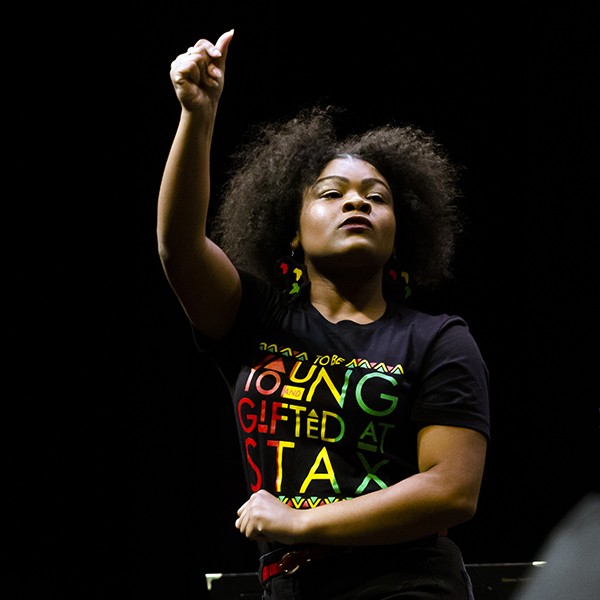 Courtesy of Stax Music Academy
Courtesy of Stax Music Academy 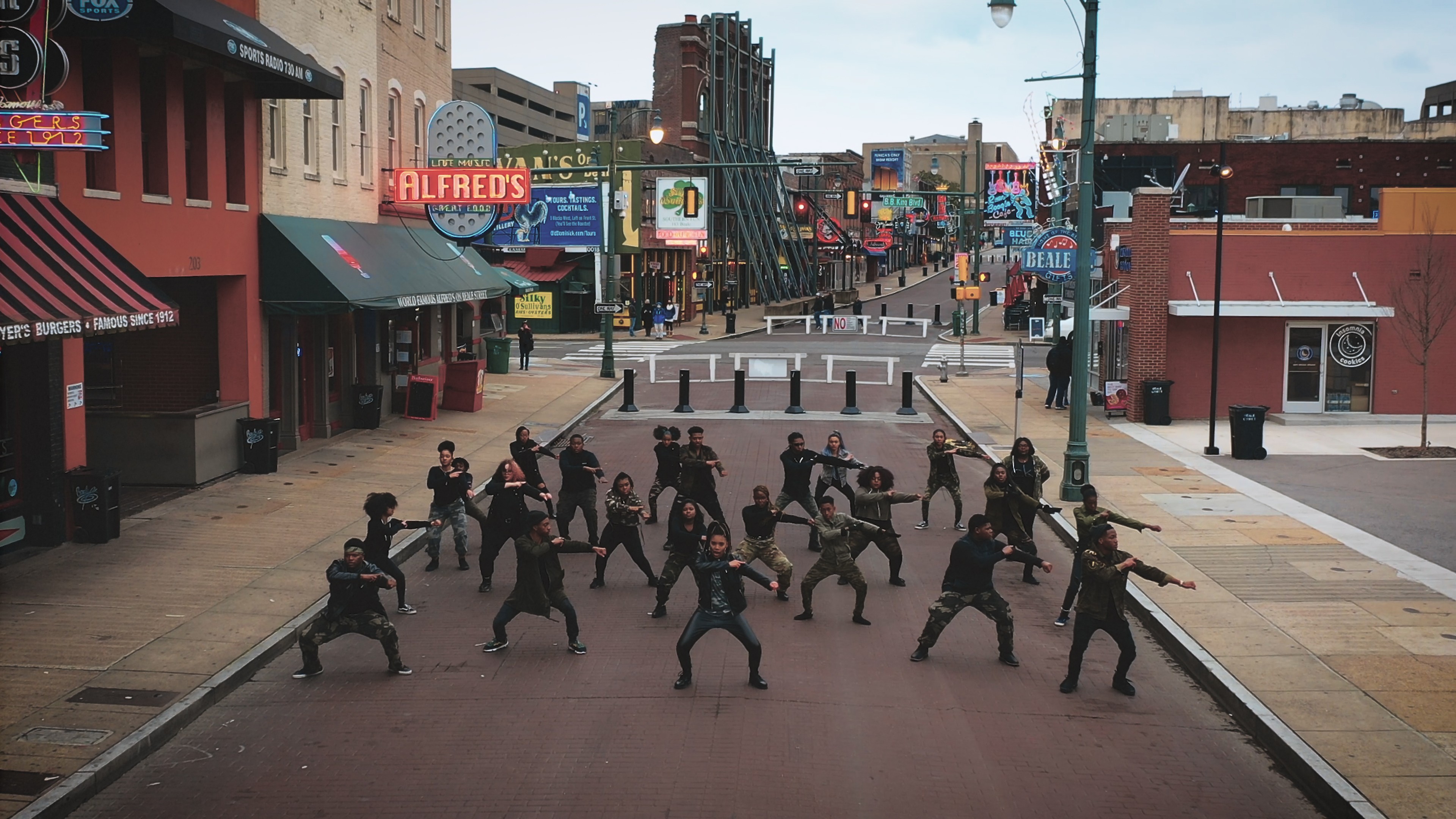 Billie Worley
Billie Worley 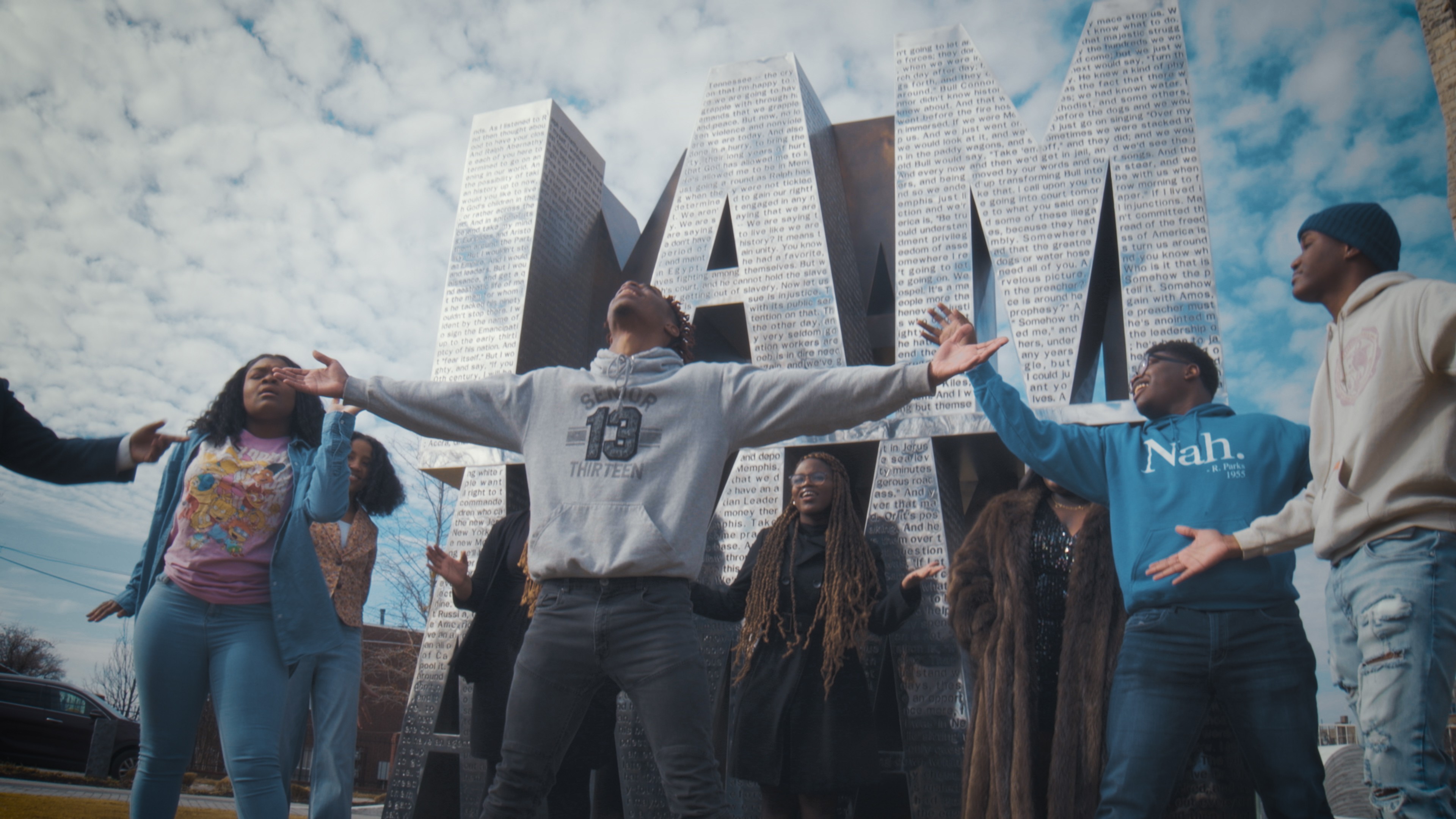 Billie Worley
Billie Worley 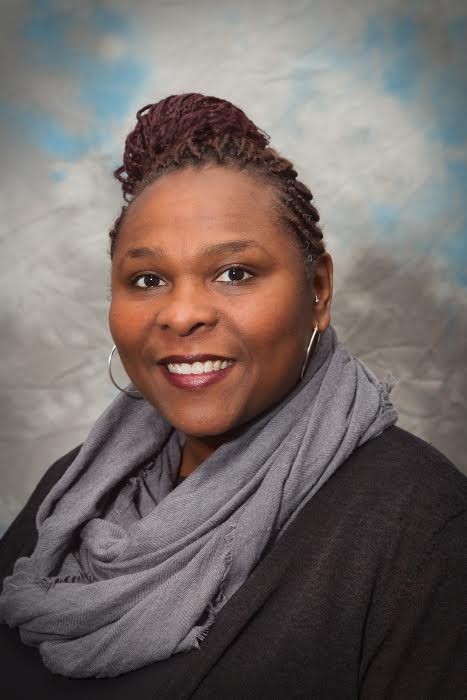

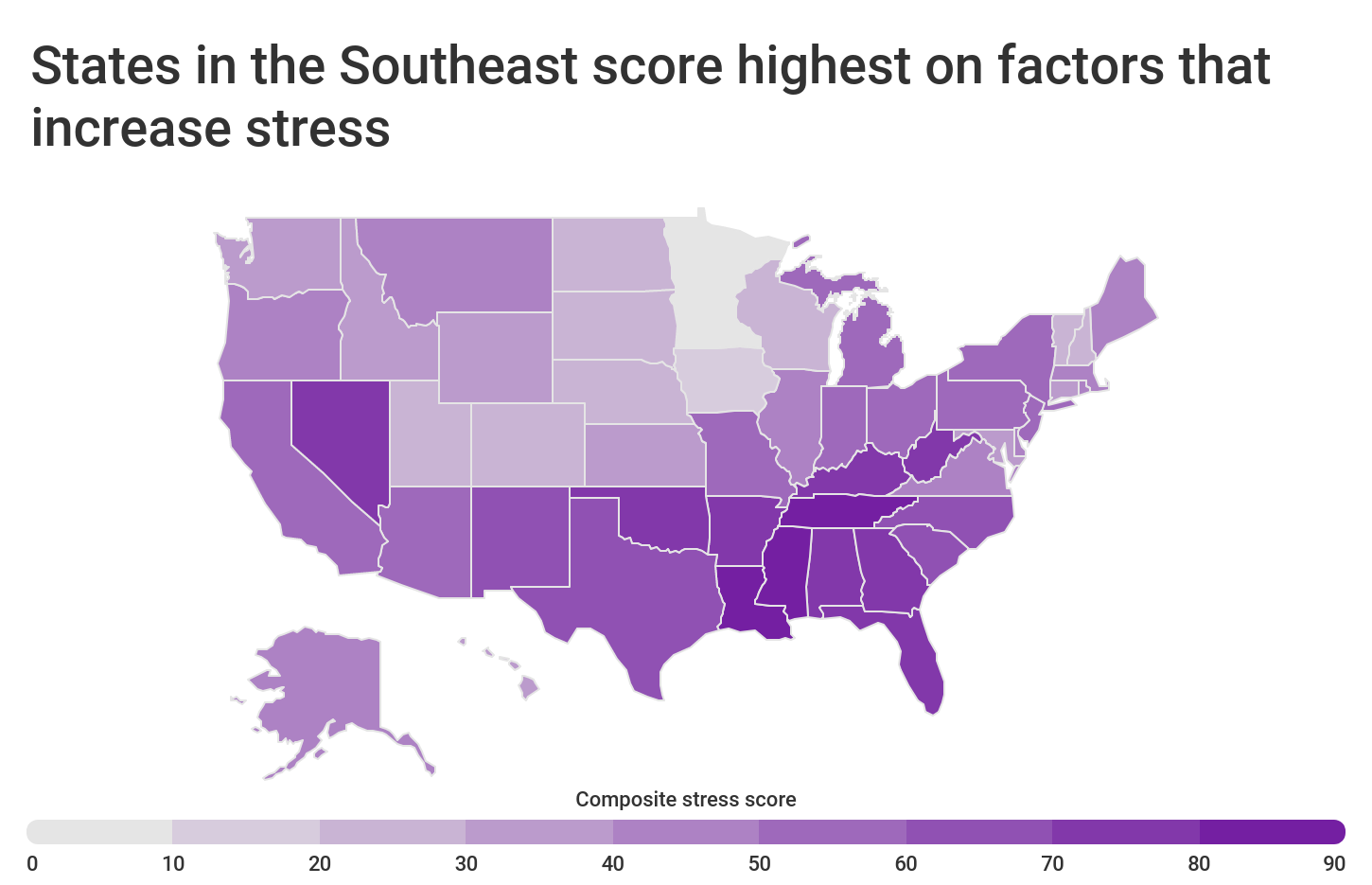 Source: US Centers for Disease Control and Prevention
Source: US Centers for Disease Control and Prevention 





 A Weirdo From Memphis
A Weirdo From Memphis 
 Memphis Athletics / Joe Murphy
Memphis Athletics / Joe Murphy  Source: Tennessee Department of Transportation
Source: Tennessee Department of Transportation  Kimberly Diei UTHSC Student Courtesy of FIRE
Kimberly Diei UTHSC Student Courtesy of FIRE  Kimberly Diei UTHSC Student Courtesy of FIRE
Kimberly Diei UTHSC Student Courtesy of FIRE 